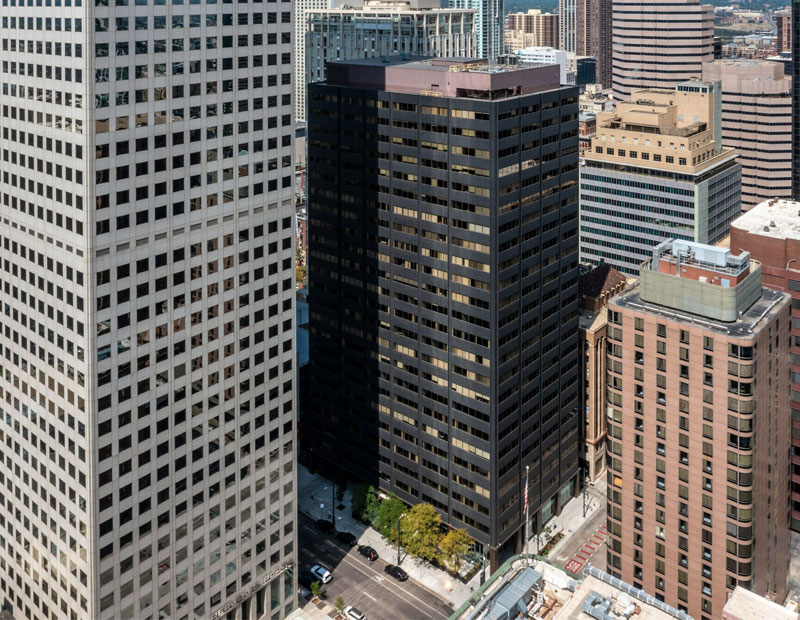Economic Update – HSBC Looks to Do Big Sale-Leaseback
Over the weekend, the Sunday Times broke the news that London-based banking group HSBC is looking to sell various office assets, including its headquarters in the Canary Wharf district of London (HSBC Tower), property on the Champs Elysées in Paris and unspecified office buildings in New York. The Times said, without citing sources, that the…
Over the weekend, the Sunday Times broke the news that London-based banking group HSBC is looking to sell various office assets, including its headquarters in the Canary Wharf district of London (HSBC Tower), property on the Champs Elysées in Paris and unspecified office buildings in New York. The Times said, without citing sources, that the company is hoping to raise about £2.7 billion (nearly $4 billion) from sale-leaseback deals.HSBC is thought to be relatively healthy among British banks, but not quite out of the woods, having spent a whopping $53 billion in the last three years to cover bad loans. It has already done well with its headquarters building, however, which it built in the early 2000s. Not quite two years ago, the company sold the property to Metrovacesa, a Spanish property firm, for about £1.1 billion in sale-leaseback deal, but the international recession eventually obliged Metrovacesa to sell the building–back to HSBC, for about £800 million. It may not be quite so fortunate this time around, considering the sluggishness of the market for office properties, even of the high-visibility trophy variety. Reportedly, HSBC has hired CB Richard Ellis Inc. to market the properties, with a supporting role by Jones Lang LaSalle. Wall Street was closed for Good Friday, leaving investors wondering what next for a market that has been up sharply in the last five weeks despite a fairly steady drip of less-than-encouraging economic news, though sprinkled with a few hopeful items. In fact, it’s being called the steepest Wall Street rally since 1933. Considering that 1933 was not even the beginning of the end of the Great Depression, that’s not particularly comforting. Oddly enough, as bank stocks bounded upward, Wal-Mart was the biggest loser on the Dow late last week, dropping 3.71 percent on Friday. That wasn’t because its same-store sales were down recently, which would probably be a sure sign of an economic depression. It’s just that same-store increased only 1.4 percent during March, compared with the same month last year. Analysts were expecting more than 3 percent. Most other retailers would be happy to see any growth in same-store sales in early 2009, compared with a year ago. Not apparel and footwear retailer The Buckle Inc., however. The Kearney, Neb.-based retailer, which has over 390 stores nationwide, saw March same-store sales rise 14.7 percent compared with the same month last. Fourth-quarter 2008 same-store sales for the company were up 14.3 percent compared with 4Q07. The Buckle attributes its success to being attuned to its market: teenagers, a traditionally hard market to follow. Feedback from in-store staff is apparently a critical component in the company’s buying decisions, and it offers such customer-friendly services as no-extra-charge alternations in its stores. Also, while fickle, the teen market is somewhat more resilient than their elders, since less teen income typically needs to go to inflexible essential expenses, such as shelter or insurance.






